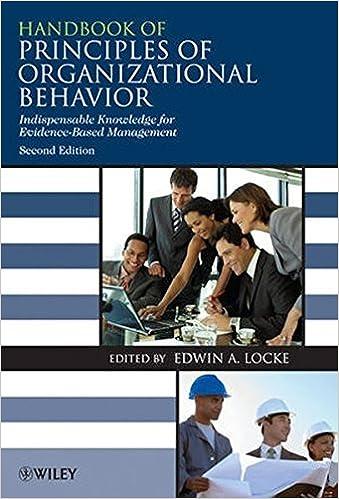Begin by asking students to recall (1) the best work team they have ever been on, and
Question:
Begin by asking students to recall (1) the best work team they have ever been on, and (2) the worst team they have ever been on. Then form them into three - person subgroups. Each subgroup is to draw on members ’ good and bad team experiences to identify the one factor that most powerfully explains the difference between the excellent and poor teams.
Then the class reconvenes and subgroups give their reports. A large number of the explanations offered will have something to do with the personality or style of team leaders, which can be used to launch a discussion of the tendency of observers to over- attribute to leaders responsibility for team outcomes.
When that discussion has run its course, students are then asked to reconsider the examples they came up with at the beginning, this time focusing on the degree to which critical team functions had been fulfilled (whether by the leader or in other ways) for their “ best ” and “ worst ” teams. To prime their thinking, the following questions can be posed:
(1) Was a team appropriate for accomplishing that particular piece of work?
(2) Was the right type of team created?
(3) Were the essential and enabling conditions for effectiveness in place?
(4) Did the team have access to competent coaching to help members exploit the favorable aspects of their performance situation and overcome or circumvent obstacles to good performance?
Discussion of these matters can provide a good review of both the functions that are most critical to team effectiveness and the variety of ways that they can be fulfi lled by team leaders and members.
Step by Step Answer:






